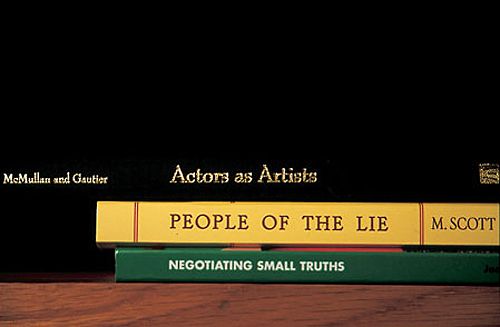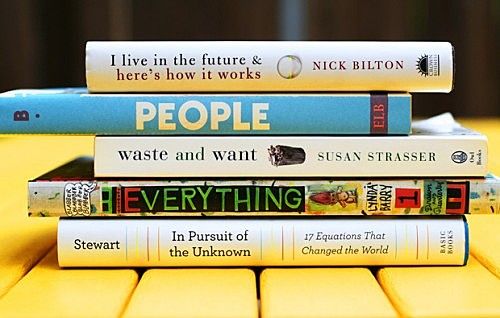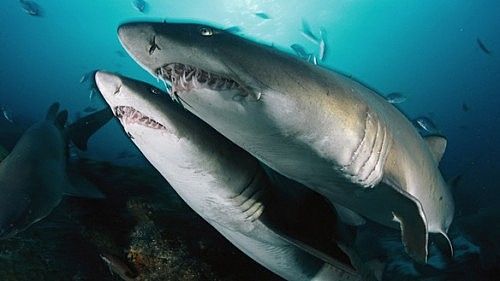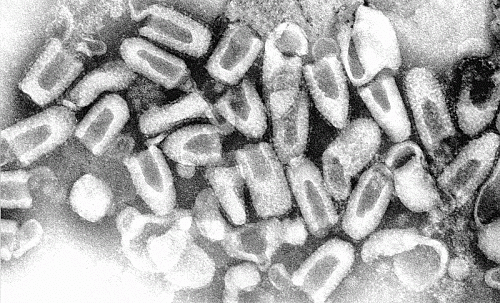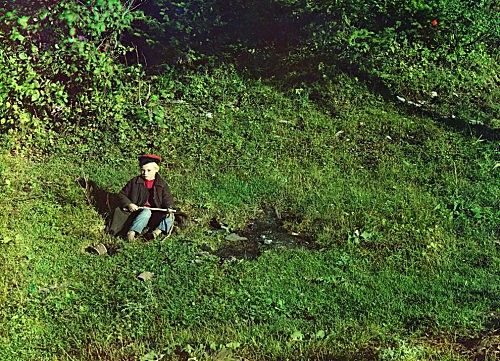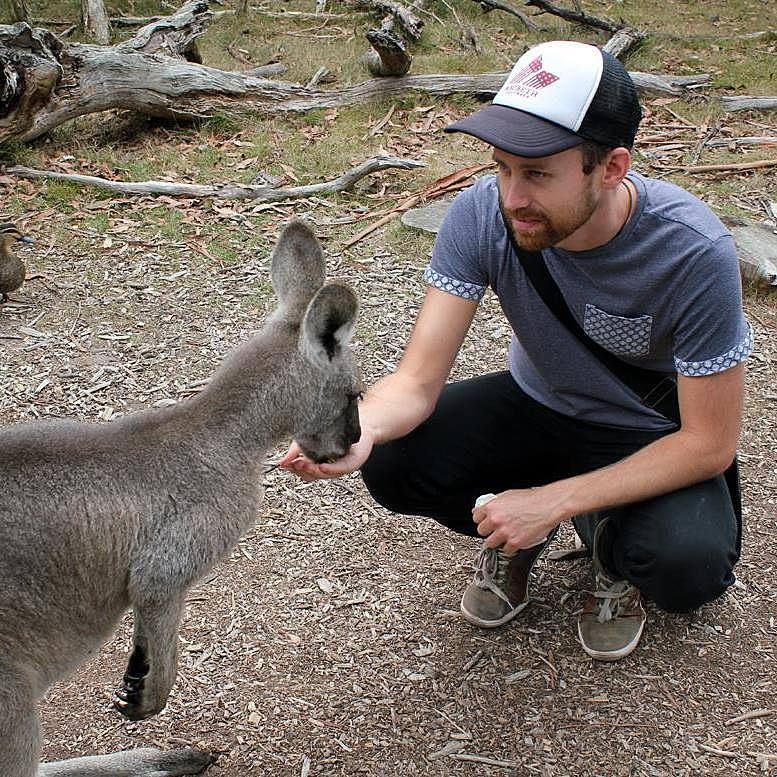Internet Histories | 6 August
The first in a fortnightly series of Cool Stuff We Done Gone Found.
The kids running the Pantograph Punch waddle down the information superhighway with the same labored breaths, erratic heartbeats and inappropriate sweating as people who still use the term ‘information superhighway.’ The result, apart from dubious personal hygiene and fractured social lives, is a sometimes-smorgasbord of unadulterated internet gold. Here then, the first installment of a fortnightly column of Cool Stuff We Done Gone Found.
Joe
Although little of it has made it to our shores, the so-called 'Fast And The Furious' scandal has been yet another thorn in the Obama Administration's side over the past year. Tendentiously named because some of the suspected criminals involved liked street racing, the core of the allegations was that investigators from the Bureau of Alcohol, Tobacco and Firearms deliberately allowed guns to be 'walked' into the hands of Mexican drug cartels by American citizens who had been able to purchase them legally. Soberly and with forensic precision, this article explodes the myth about exactly what happened. The results are essential reading for anyone who enjoys the more Kafkaesque moments of police procedural in The Wire, likes the DEA stuff in Breaking Bad (spot the character who reminds you of Hank Schrader), wants to see just how how fucked and disempowered actual lawmakers and enforcers are under the US's gun-friendly laws, or has ever been in a dysfunctional workplace themselves. There's not a lot of soapboxing in this well-researched piece - the facts can carry and convey the anger on their own.
Rosabel
The New Yorker recently featured a previously unpublished story by F. Scott Fitzgerald, Thank You For The Light, which was rejected when he first submitted it in 1936 with the following note:
We’re afraid that this Fitzgerald story is altogether out of the question. It seems to us so curious and so unlike the kind of thing we associate with him, and really too fantastic. We would give a lot, of course, to have a Scott Fitzgerald story and I hope that you will send us something that seems more suitable. Thank you, anyhow, for letting us see this.
More historical curiosity than literary breakthrough, it's the sort of terrible dad joke that only someone like Fitzgerald can get away with, for reasons such as being amazing and dead.
The posthumous publication of Fitzgerald's story (and questions relating to how necessary it is to have complete access to a body of work in order to fully appreciate an artist) ties in with Joyce Carol Oates' recent review of Claire Tomalin's Charles Dickens: A Life:
The problem with such assiduously recorded lives of great artists is that one is drawn to an interest in the artist’s life because of his or her accomplishments, primarily; the “life” in itself is of interest as it illuminates the work, but if the often banal details of the life detract from the work, the worth to the biography is questionable. Even an ordinary life, cataloged in every detail, will bloat to Brobdingnagian girth, distorting the human countenance.
Finally, it's also been a week of discovering book spine poetry, from Nina Katchadourian’sSorted Books project to Maria Popova's creations at Brain Pickings:
Matt
Larger male sharks have to bite or trap the females to keep them around during courtship; marine biologists can tell when a female has been mating because her skin will be raw or bleeding. The process is so violent that, come the mating season, female nurse sharks will stay in shallow water with their reproductive openings pressed firmly to the sea floor... A number of shark species go in for oophagy, or uterine cannibalism. Sand tiger foetuses ‘eat each other in utero, acting out the harshest form of sibling rivalry imaginable’. Only two babies emerge, one from each of the mother shark’s uteruses: the survivors have eaten everything else.
I read once that shark attacks on San Francisco beaches save lives. Some unlucky person will be dragged away, sacrificed to the dogs of the sea, and local newspapers will write up a sensational story, never skimping on the grisly details. For the next several seasons, only very hardy or very cautious swimmers brave the waters, and even then don’t swim out as far as they ordinarily might. As a result, there are exceedingly few deaths by drowning. The study I read suggested that every death by shark saved ten people from Davy Jones. Sharks are fascinating creatures, and this book review, which the above quote is from, relates some great shark survival advice, often with a dark sense of humour.
Similarly – and I didn’t realise I was a sucker for tales if animal deviancy until right now, honest – this n+1 article investigates rabies, a more terrifying disease than I had imagined. It too discusses a new book on the subject, with initial reference to everyone’s favourite story out of Miami in recent months:
Within days, prank videos proliferated on YouTube, and Rudy Eugene was renamed the “Miami Zombie.” To close-read the news reports was to be impressed by the suggestive quality of their syntax. As ABC phrased it, Eugene “had to be shot four times by a police officer to halt the cannibalistic attack.” That resignation—“had to be”—is a sort seldom used in reference to humans. It’s your sick pet that “had to be” put down, not your sick brother. Even the briefest news items described the incident with the frame-by-frame detail of a screenplay. Bloggers were spooked by Eugene’s feral behaviour— how he made eye contact with the officers and then “resumed”—how he betrayed human awareness and then reverted to savagery.
n+1 has to be one of my favourite regular reads, and if anyone would like to buy me a physical subscription I would thank you from my very soul.
When was colour photography invented? I wouldn’t have guessed “at least 102 years ago,” yet here are some photos from Russia – before the revolution. For some reason I can’t put my finger on, they’re deeply moving.
I first encountered them about a year ago, and they affected me in a way I didn't immediately realise. Maybe because everyone in them is certainly dead – but I think it also has something to do with the colour. No mere black and white artefacts from history, these are – were – people the same as you and me. It’s amazing the simple addition of colour in a photograph can change your whole perception of the photo’s subject, your perspective of a whole historical context… or I guess not so amazing, since that is, ultimately the point of art.




